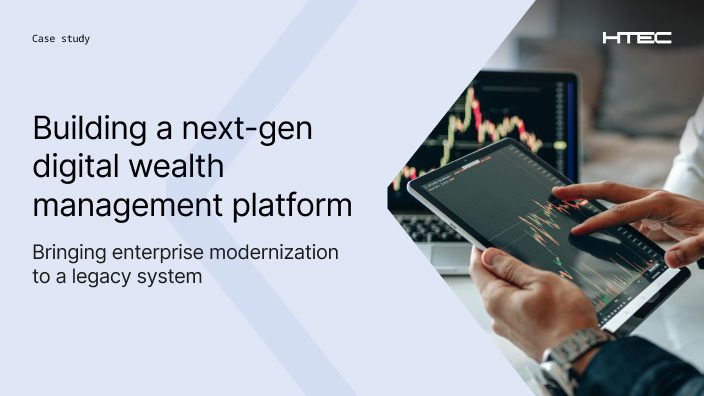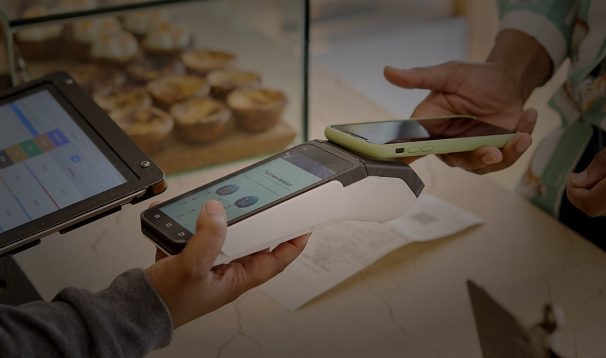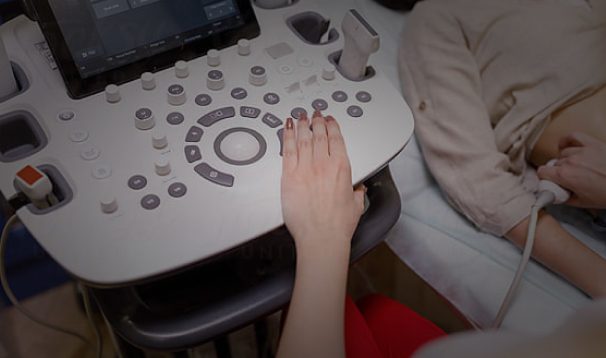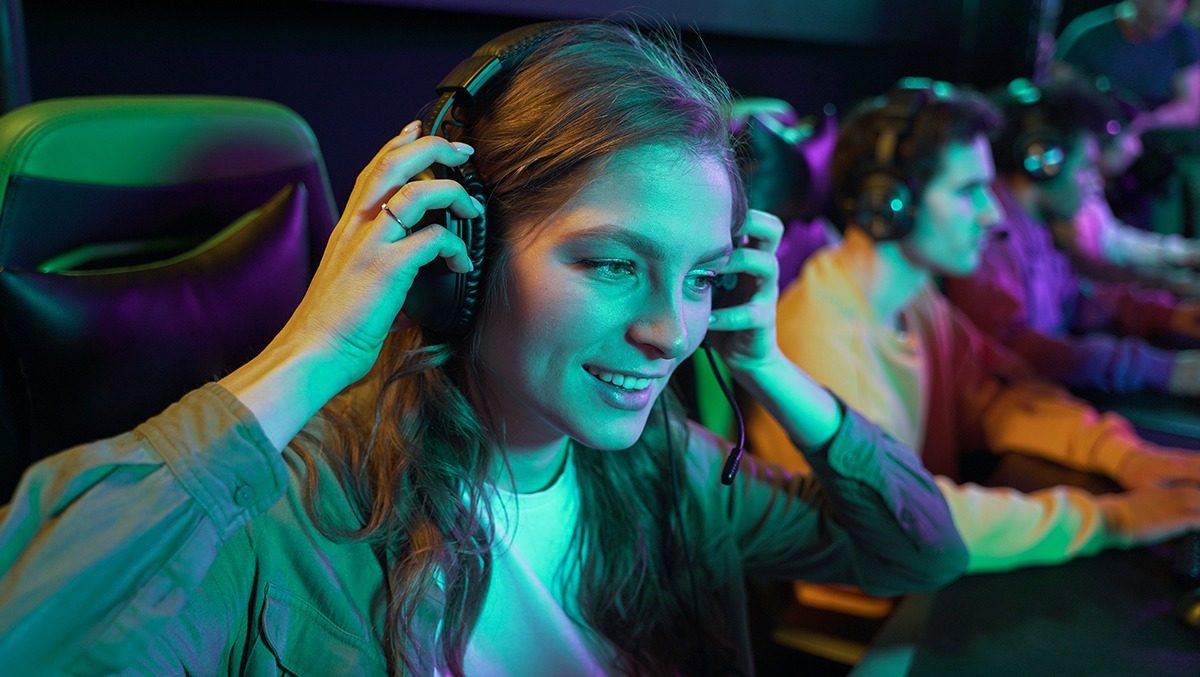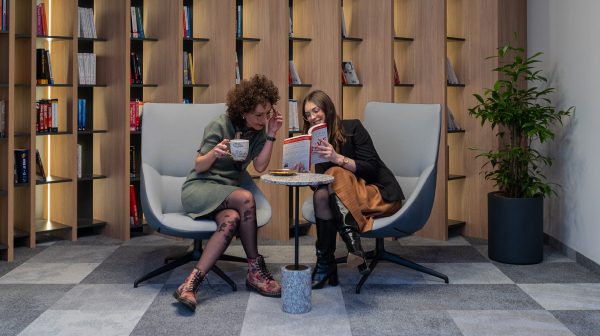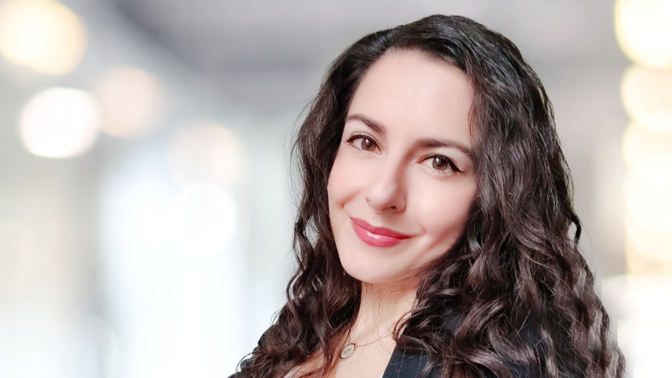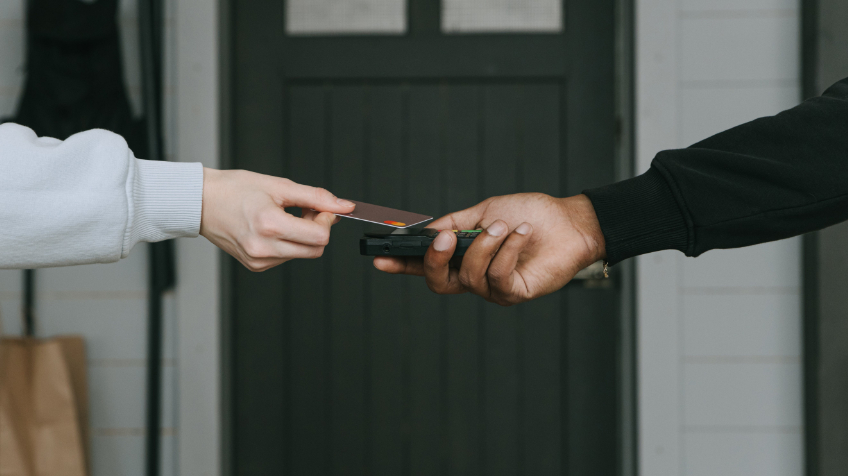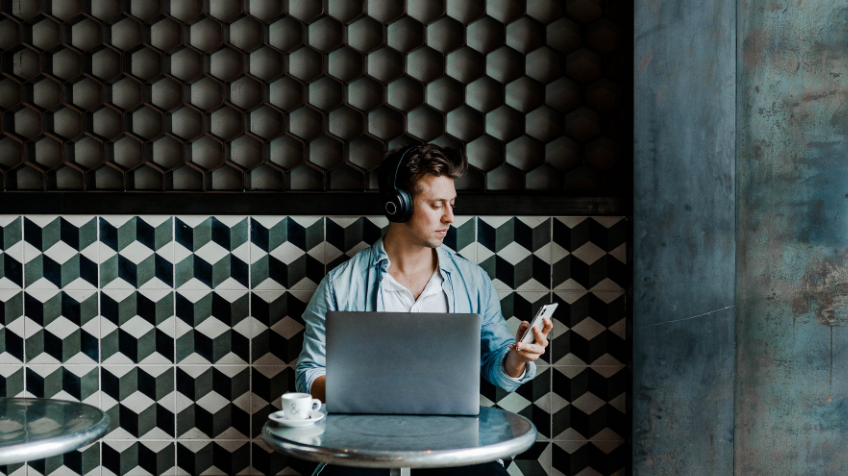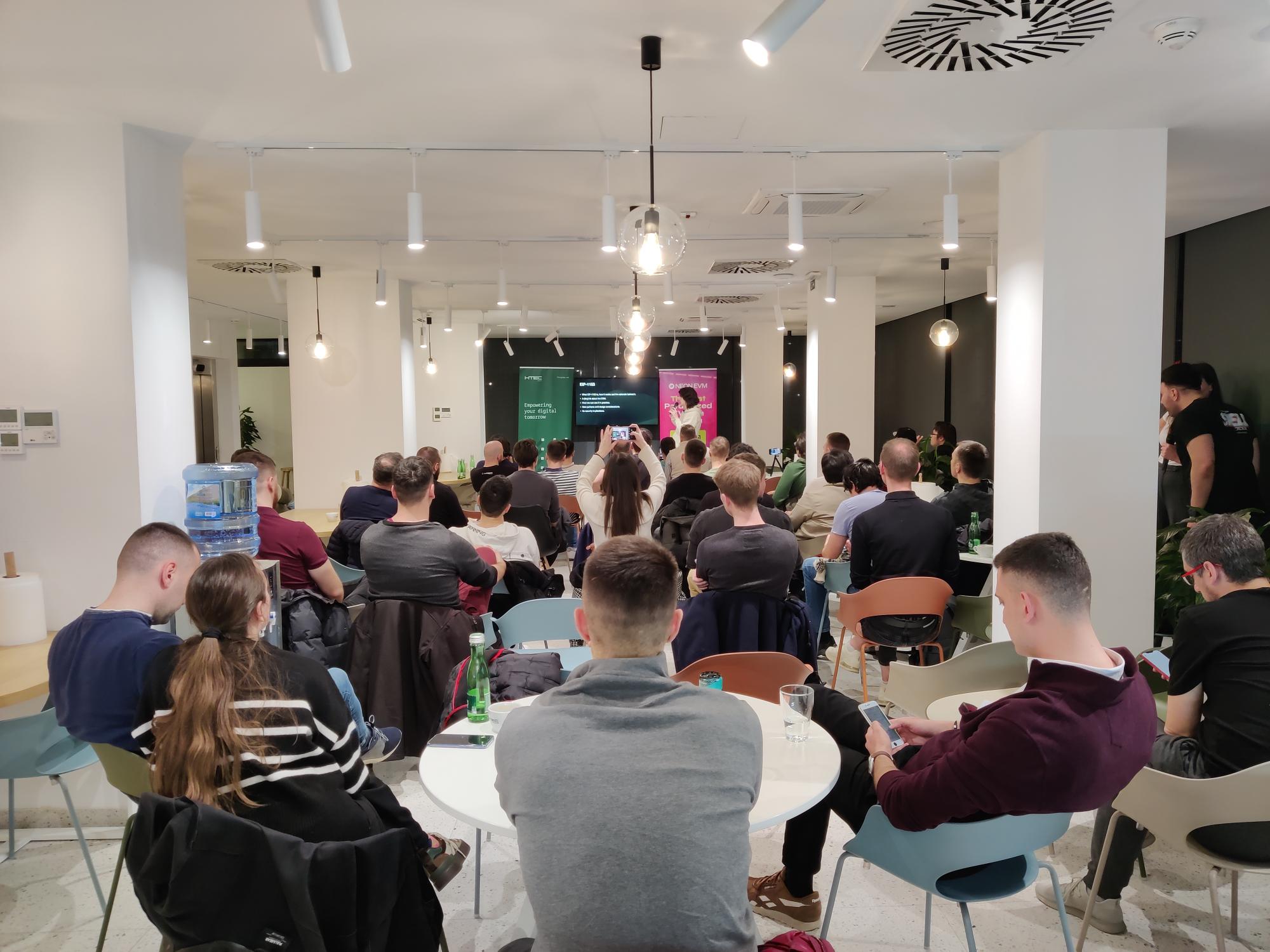Imagine you had the opportunity to work on building a game-changing AI-powered telehealth solution device that will make pregnancy safer, reduce unnecessary outcomes such as C-sections, and ultimately save lives? Aleksandra was lucky enough to be involved in this kind of project from the very start. This is her story.
Aleksandra Vojinovic has a massive knowledge and deep-tech expertise in MedTech and Telehealth domains. During her almost 10-year career as an Android engineer, she has had many opportunities to work on apps from MedTech and Telehealth domains. In the beginning, she gained some early experience by working on apps that enable patients to schedule medical appointments, track their medical records, set alarm reminders, receive notifications and forecasts, and track their symptoms.
We grabbed a chance to talk to her about her beginnings and most inspiring and game changing MedTech projects she has worked on in HTEC, as well as about BLE technology as an innovation enabler in building digital prenatal care platform.
“When I joined HTEC, in 2016, I started working on an in-house project, Humeds. My initial assignment was to improve and maintain the Android app that was communicating with a hardware device via Bluetooth. The app goal was to obtain the ECG signal from the subject, plot it on the app screen, submit it for further analysis, and present the processing results in real time. The Humeds project achieved great success when detecting dangerous arrhythmias, something that was not present on the market in such an easy-to-use form at the time.”
Marani Project: a game-changer in the MedTech industry
The knowledge and experience she gained while working on the Humeds project led her to another huge opportunity in 2020. when she started working on Marani project. She points out that this project has enormous potential to soon become a game-changer in the MedTech industry.
“Marani telehealth solution provides a digital prenatal care platform with a wearable, textile-based product to measure key vital statistics of a pregnant woman and her developing fetus for use during pregnancy, labor & delivery no matter where she is, at home or in the hospital. Tech-enabled prenatal care could transform pregnancy care by improving access, convenience, outcomes, and costs for new mothers.”
Read more about the Marani success story in this Forbes article.
Aleksandra has been involved in Marani project from the start where she and her hardware-firmware team were working on making the first version of the circuit board. She explains that the embedded team (HW & FW) first laid the foundation for the project and designed an M-Core device that will be able to fully respond to the needs of the project and face many challenges that the development of medical devices brings with it. The software team was formed a few months later.
“Considering my experience working on the Humeds project, I was involved from the start in the system design phase. The initial goal was to define the software system infrastructure and the correlation of all individual system parts. Immediately after, we started working on the MVP software version, which was significant then because it allowed us to collect the fetal ECG data directly from pregnant women subjects, which facilitated our data science team’s development of the processing algorithms.”
Aleksandra set up the architecture for the Android app, that was aligned with the HTEC Android team guidelines and shared some good practices regarding building intuitive app UI&UX. Along with Marani colleagues that were developing iOS, firmware, and backend parts of the system, they implemented the custom BLE communication protocol.
“By connecting the mobile phones with the M-Core hardware device and communicating between them via BLE, we were able to obtain raw maternal ECG & fetal ECG data. Then we established the main heart rate tracking flow that finalized the project’s MVP phase.”
Later, the project team increased, and the Android team on the project also increased. Aleksandra got a leading role in organizing and facilitating her colleagues’ work on an already ongoing project.
“Together, we implemented a lot of functionalities that could bring immense value to the expecting mums and their prenatal care. Until now, the Marani project reached some amazing milestones and brought the whole project closer to FDA submission.”

Are mobile apps transforming the healthcare experience?
For a lot of products, when developing software, mobile platforms are often the main target. On the market, there are apps that enable tracking various health information in real time, either from some wearable IoT devices or from sensors from their mobile device.
“The mobile app provides a user-friendly interface within which the user has various options, from tracking their own health habits, and symptoms, to having a direct connection to some of the most eminent medical professionals from all over the world. Today, mobile users can quickly obtain and compare health reports from multiple sources, which could be essential in the early detection of some conditions.”
The impact of BLE technology on the future of healthcare
Over the last few years, BLE (which stands for Bluetooth Low Energy) has found its use in applications from various industries like healthcare, fitness, security, and entertainment. Dedicated medical equipment is often expensive and requires highly trained professionals. In order to reduce costs and use resources more efficiently, BLE technology has enormous potential in the healthcare industry.
“BLE-enabled devices could create a more efficient workflow and a hands-free approach to patient care. For example, ECG monitors, blood pressure sensors, weight scales, etc., can track health and alert patients, families, and caregivers about changes in vital body signs. This kind of real-time condition tracking, and notifying is beneficial for all participants involved in the caregiving process, and mostly for the patients and their overall health.”
How safe is the BLE communication protocol?
Aleksandra explains that BLE is a secure communication protocol when implemented properly. However, she also points out that it has its limitations, which we should be aware of when developing an application, especially if it has sensitive information that should be transferred.
“The main security issues refer to the pairing process of BLE-enabled devices, during which devices exchange basic and not encrypted information about their capabilities to figure out how to proceed with their connection. In the second phase of pairing, when generating and exchanging keys, the connection can tamper. If that happens, the data that is transmitted could be compromised.”
In newer versions of the BLE protocol, starting with BLE 4.2, secure connections were introduced. They implement the Elliptic-curve Diffie–Hellman algorithm for key generation and introduce a more complex process of key authentication. This provides default protection from passive eavesdropping, which could allow an alien device to tap into data transmitted between devices on a BLE network.
The second concern regarding BLE security is possible man-in-the-middle attacks. This type of attack involves an alien device that pretends to be both central and peripheral at the same time and tricks other devices on the network into connecting to it. An appropriate pairing method can avert this kind of attack.

Why BLE technology was a key ingredient in Marani’s success
Aleksandra and her colleagues from the embedded and mobile team agreed upon a mobile app vs M-Core device communication protocol. The protocol was established as a binary custom communication protocol over BLE. All protocol messages are encapsulated in the specific message frame format. The frame contains certain message values in specific positions: length, id, type, data, and checksum.
“In order to provide a robust scheme for avoiding framing errors COBS (Consistent Overhead Byte Stuffing) encoding/decoding is used. The secure connection is established between the mobile and the M-Core device by implementing a secure, encrypted key generation mechanism in which mobile, firmware, and backend parties participate. The mobile application sends message commands to the M-Core device and then waits for the notification response when expected.”
For the Android application, they chose to use the BLE Library, developed by Nordic Semiconductor, as the base wrapper around the low-level BLE stack. The library provides a clean and rich API for connecting and communicating easily with Bluetooth LE peripherals.
What are the lessons learned?
On the project level, there were multiple challenges, especially during the system design phase. Aleksandra emphasizes that on the mobile side, the main challenge was to integrate and adapt to the reliable and secure BLE communication protocol that would support the complex Heart Rate tracking flow use cases.
“To achieve that, it was necessary to configure the proper test case scenarios, be analytical while analyzing data logs, and confront the results with the team members from the other project sides to synchronize and find the gaps. I learned that to accomplish this, it is very important to have effective communication with all team members, listen carefully to what each side has to say, calmly and thoroughly analyze the collected relevant information and metrics. My experience is that, in that case, all the pieces soon come together, and the solution literally just manifests itself.”
—
To learn how we can help you build game-changing, secure, high-quality and compliant medical products that will play the transformation role in healthcare and provide patients with superior healthcare experience, reach out to our team of experts or connect with Aleksandra. We are open for novel ideas that will benefit patients globally and ready to help you make your mark.

